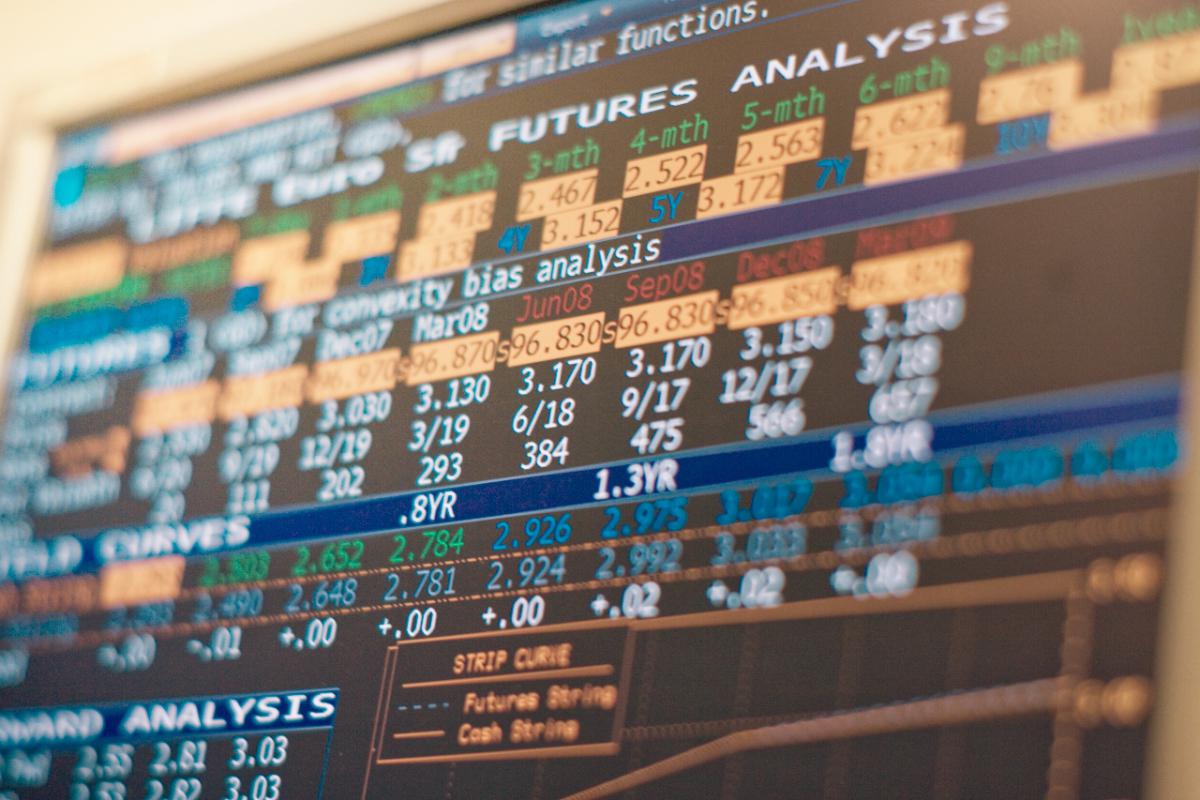Forget about macro, earnings, politics etc. because this market rout has not much to do with fundamentals but is more a technical selloff. Yesterday we even saw a flash crash in US with Dow Jones Industrial Average declining a stunning 6.3 percent at 3:10 p.m. in New York (it recovered somewhat before closing though).
All markets and all sectors are in red and most developed markets has wiped out year to date gains. Futures both in Europe and US pointing to further declines today. At time of writing, the FTSE futures is down 6,6% and S&P 500 is down 2,9%. This can in no way be explained by fundamentals and is basically also why we see this as a buying opportunity once the dust settles.
What’s causing it?
Obviously higher inflation expectations, followed by central bank scare has been blamed for the selloff. Inflation expectations and yields have moved up lately, and after the NFP last Friday this story got new ammunitions as hourly earnings was slightly higher than expected. But as we argued yesterday, the NFP was a good number and actually a sign that there is some hope for both the Philips curve and for inflation. Deflation- scare would be much worse. And please note central banks have not adjusted much in their comments, they see what they want to see and sticking to their plans both in Fed, ECB and BoJ. As we also argued yesterday it is not uncommon to see equites moving sideways or dropping slightly when yields are moving up fast. But as yields stabilizes again, the equity rally resumes. But it’s uncommon to see a correction of this size, and not least speed, when more or less all other signals are green. That’s also why we didn’t expect this to happen even though we argued that a selloff wouldn’t require a recession risk due to the these three reasons
- Since February 2016 equity markets was up 50% more or less without any real dips (we had two days under Brexit and 12 hours after Trump election) so there is cushion in valuation at current state.
- Volatility has been extremely low meaning that vol strategies has been able to a more risk and they are big sellers now (VIX hit 38 yesterday) – this will always makes the swings bigger
- Lot of active managers were overweight equites. The latest fund manager survey from BoAML showed allocation to equities jumped to the highest in two years with a net overweight of 55%
The latest crash of this size and speed was back in August 2011 where S&P500 dropped approximately 20% in a month. But at that time macro was much weaker (Philly Fed gave the first ever false recession signal) and on top of that we had the first really big fight between democrats and republicans over the debt ceiling, combined with US losing the AAA rating at Standard & Poors. One could argue that we have political issues this time as well but keep in mind we have just had a major tax reform that will boost US earnings this year and also lift GDP growth.
What to look for?
Higher inflation expectations and higher yields started this so this is the natural thing to follow. And we saw yesterday that investors moved to safety in US treasuries and 10 year yield actually dropped (this morning it takes a huge drop, but could very well reverse during the day when more volume comes in). So the first thing to look for in order to see a trough in market has maybe already happened and that’s the good news
Comments from central bankers. Since part of this is a Central Bank fear and they don’t want market volatility it would not be a surprise if they tried to verbally calm down markets. Today Dallas Fed President Robert Kaplan and New York Fed President William Dudley are among policy officials due to speak in Frankfurt and New York.
Vol strategies and passive selling is a huge part of this and with vol spiking this could continue for some time. When volatility turn south again and we see green numbers in equity market for more than one day.
What to do?
Our clear view on this is that it’s a buying opportunity. So the million dollar questions is how to time the bottom? If we again compare it to 2011 markets were choppy for some months but again that was with a lot weaker fundamentals. And when market bottomed it took only four months gain what it lost.
Very often market jitters take more than 1½ week so this suggest you should hold your horses. But the selloff yesterday was quite heavy and with todays indicated selloff we are close to the size of a drop where we expect tactical manager to start seeing a great value.
- Selected markets from latest peak (please note S&P500 and Stoxx 600 are indicated further down in futures):
- S&P 500 down 7,78%
- Stoxx 600 down 5,12%
- Topix down 8,79%
We are quite convinced that 2018 will still bring attractive double digit equity returns so if you are willing to live with some volatility this would be the time to buy. If you are more risk averse you should wait for less volatility with the risk of losing some of the rebound which very often comes fast as market returns from dips (see second part of October 2014 and second part of February 2016)
Remember in years where we don’t have recession we seldom have negative equity returns but we often have “bigger” drops during the year (2017 being one of the odd exceptions) and 3-6 months after a correction we often ask our self why didn’t we dare to add more risk when we thought the drop was overdone.

